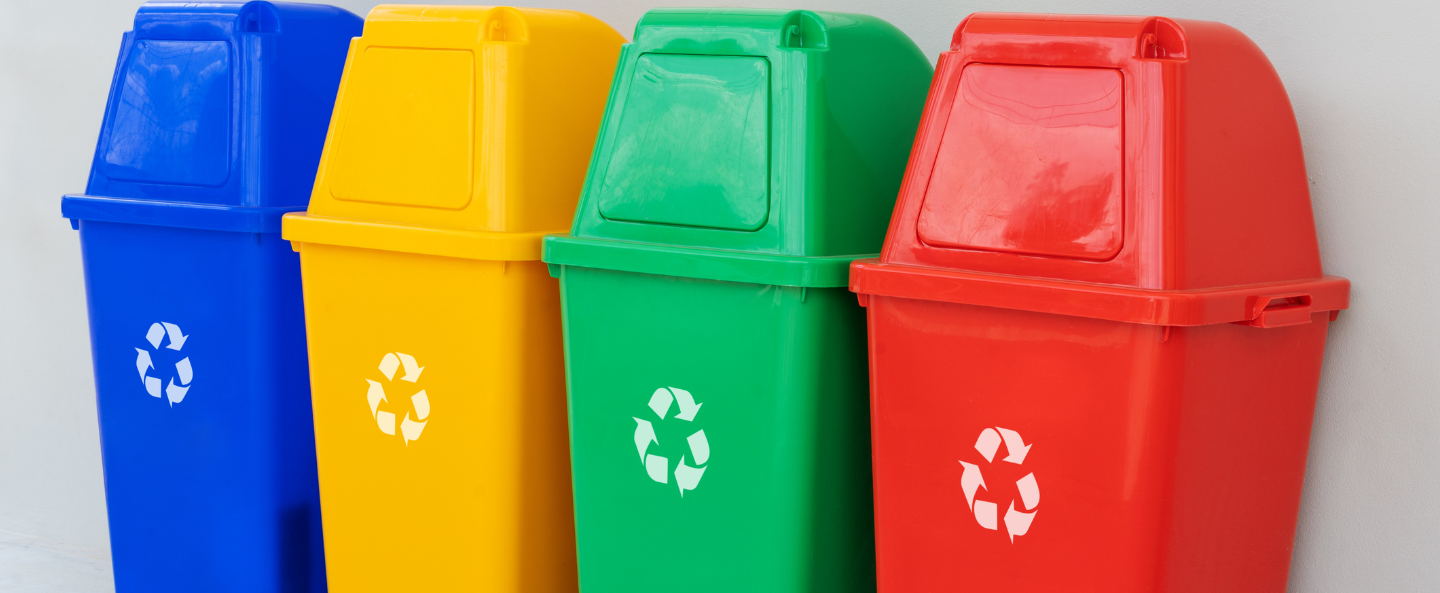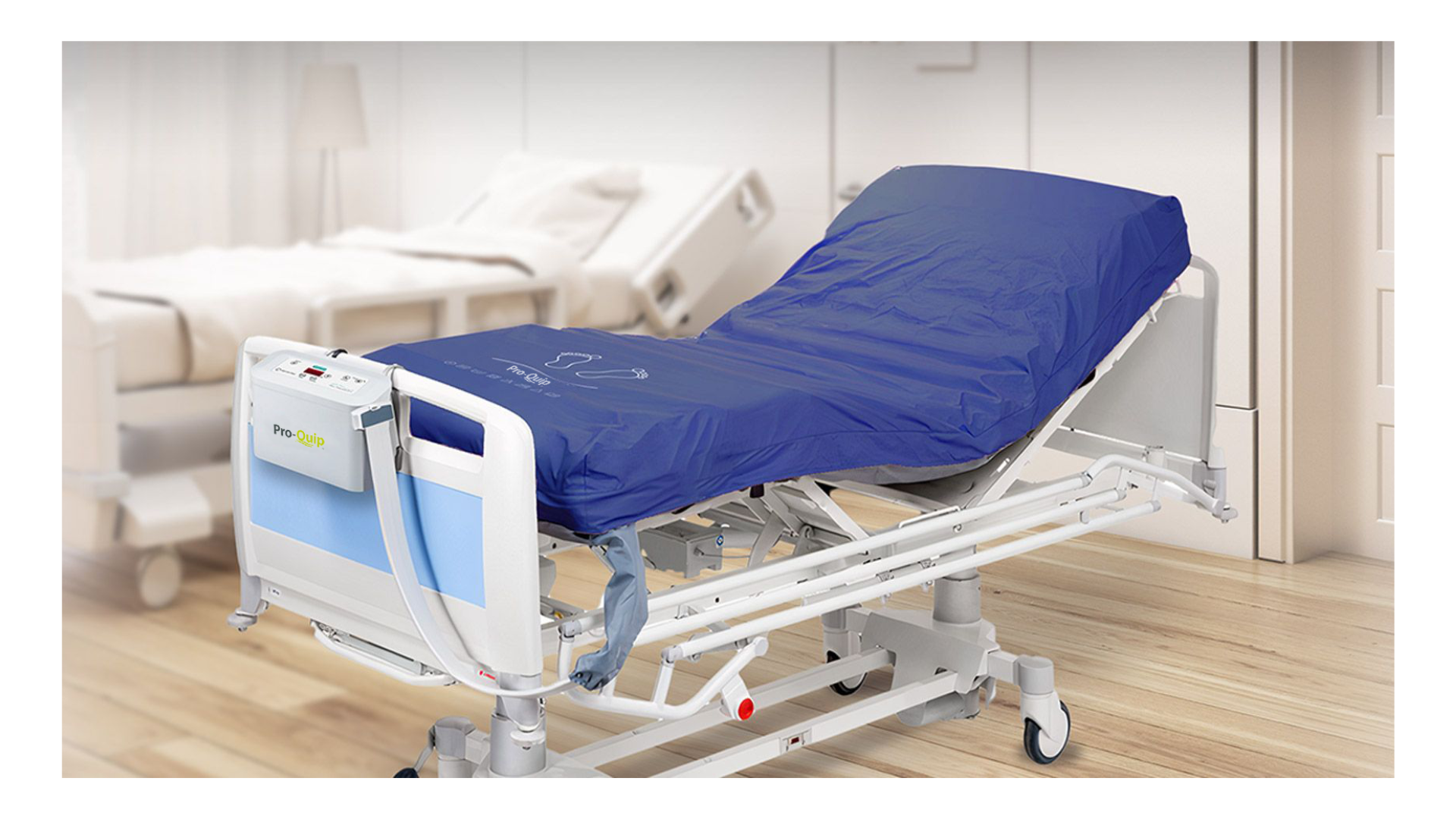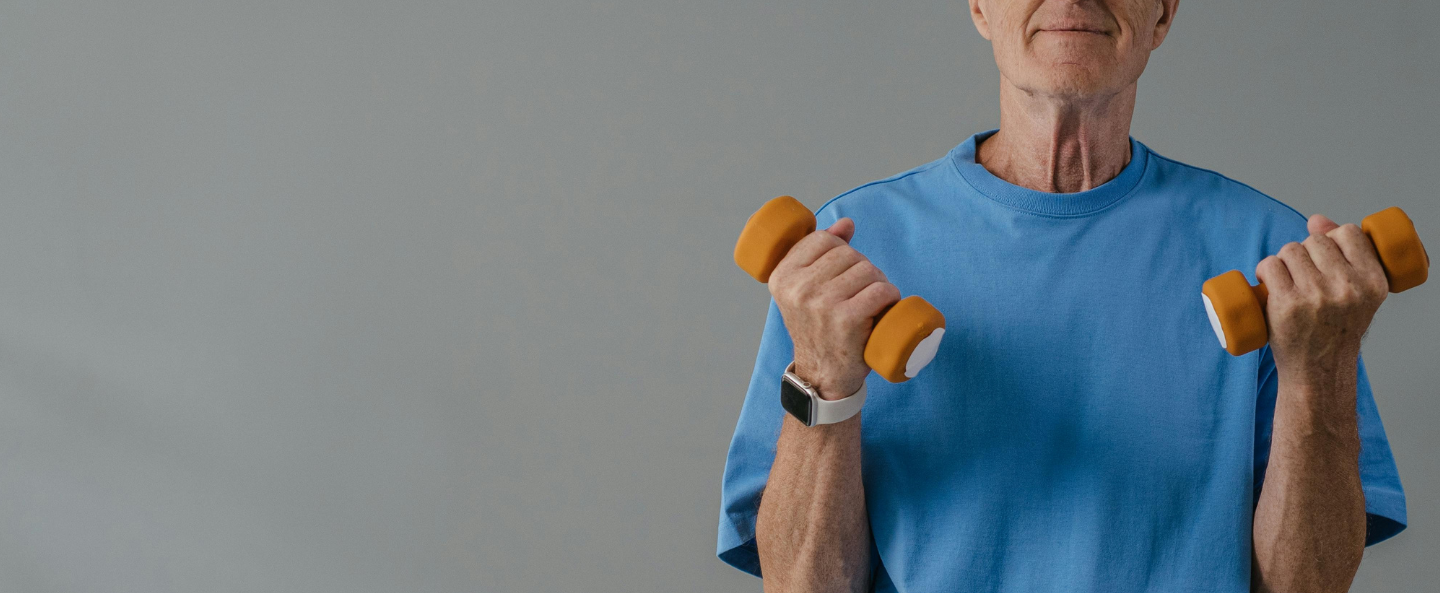A recent update in safety regulations issued by the Medicines and Healthcare products Regulatory Agency (MHRA) have highlighted critical concerns surrounding the use of medical beds, bed rails, trolleys, bed grab handles, and lateral turning devices in healthcare settings, including care homes. This update specifically targets the risk of entrapment or falls, which, regrettably, have resulted in severe injuries and fatalities.
The MHRA's alert demands immediate attention from all parties involved in the acquisition, prescription, and maintenance of these devices, spanning across acute and community healthcare organizations, care homes, equipment providers, Occupational Therapists, and early intervention teams. The urgency to tackle this issue is emphasised by the discovery of inadequate risk assessments, maintenance deficiencies, and the utilization of beds designed for adults with typical body dimensions by children and adults of smaller stature.
One of the crucial aspects highlighted in the updated guidelines is the need for beds and equipment compliant with international standards, especially for individuals with atypical anatomy—defined as physical size less than 146 cm, mass less than 40 kg, or a body mass index of less than 17. These individuals are susceptible to entrapment risks in smaller gaps, necessitating compliance with BS EN 50637:2017 standards for medical beds and cots.
The MHRA directive requires immediate action and outlines a series of crucial steps to be taken:
- Policy and procedure update: Organisational policies should align with MHRA guidelines for the safe procurement, provision, and maintenance of these devices.
- Staff training: Develop a comprehensive training plan for all relevant staff, ensuring ongoing updates and record-keeping of training sessions.
- Device management system review: Regularly update and maintain inventories for devices, including those provided to community settings.
- Maintenance schedules: Implement and adhere to manufacturer-recommended maintenance schedules for all devices.
- Review for atypical anatomy: Prioritise reviews of patients with atypical anatomy to ensure compliance with BS EN 50637:2017 standards and mitigate entrapment risks.
- Risk assessment for bed rails and grab handles: Ensure all patients using bed rails or grab handles have updated risk assessments, including regular updates in response to changes in equipment or patient condition.
- Implement updated risk assessment systems: Establish systems to ensure regular risk assessment updates, considering changes in equipment or patient conditions.
Care home managers play a crucial role in implementing these directives, safeguarding the well-being of their residents. This update serves as a reminder of the critical need for personalised care and equipment tailored to individual needs, ensuring a safer and more accommodating environment for all residents.
As a response to this directive, we now offer a range of specialised petite-sized beds designed to meet the BS EN 50637:2017 standards, addressing the specific needs of individuals with atypical anatomy. Our commitment is to assist care homes in providing the highest standards of care and safety for their residents. For more information please contact sales@fairfieldcare.co.uk.


